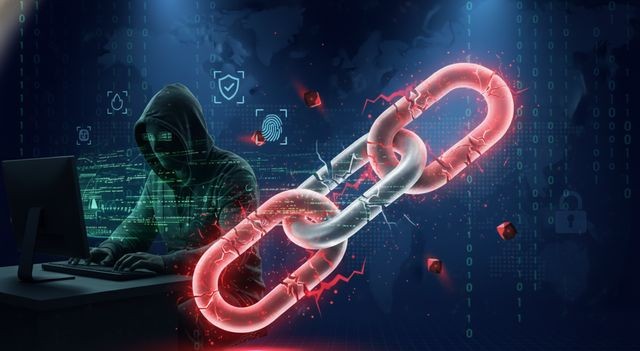Cybersecurity 2025 marks a turning point where cloud, AI, and decentralization collide with evolving threats. This guide cuts through the noise, explaining the core technologies, modern attacks, and defense models every SMB, CISO, and IT leader must master to stay secure in the decade of digital acceleration.
Understanding the architecture is only the first step.
To see how these concepts translate into real-world defense tactics against today’s leading threats, explore our companion article:
Read More Defending Against the Top Cyberattacks of 2025 | Real Tactics, Tools, and Human Readiness
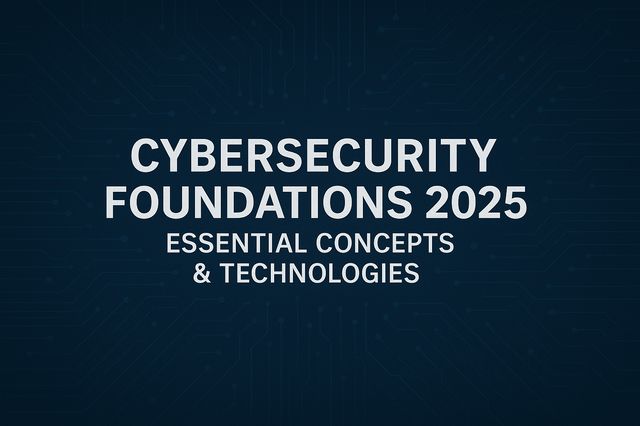
This article is a comprehensive glossary of key cybersecurity concepts and technologies every SMB, IT manager, and security professional should understand in 2025.
It explains the meaning of each term from open-source security and MFA to SASE, CASB, and Secure SDLC in clear, factual language.
The goal is to give readers a single, trusted reference that connects the most important ideas shaping modern cybersecurity: identity, cloud, data protection, and network defense.
Each section provides context, real-world relevance, and practical insight into how these technologies and frameworks work together to create a secure digital environment.
Open Source Security | Balancing Transparency and Control
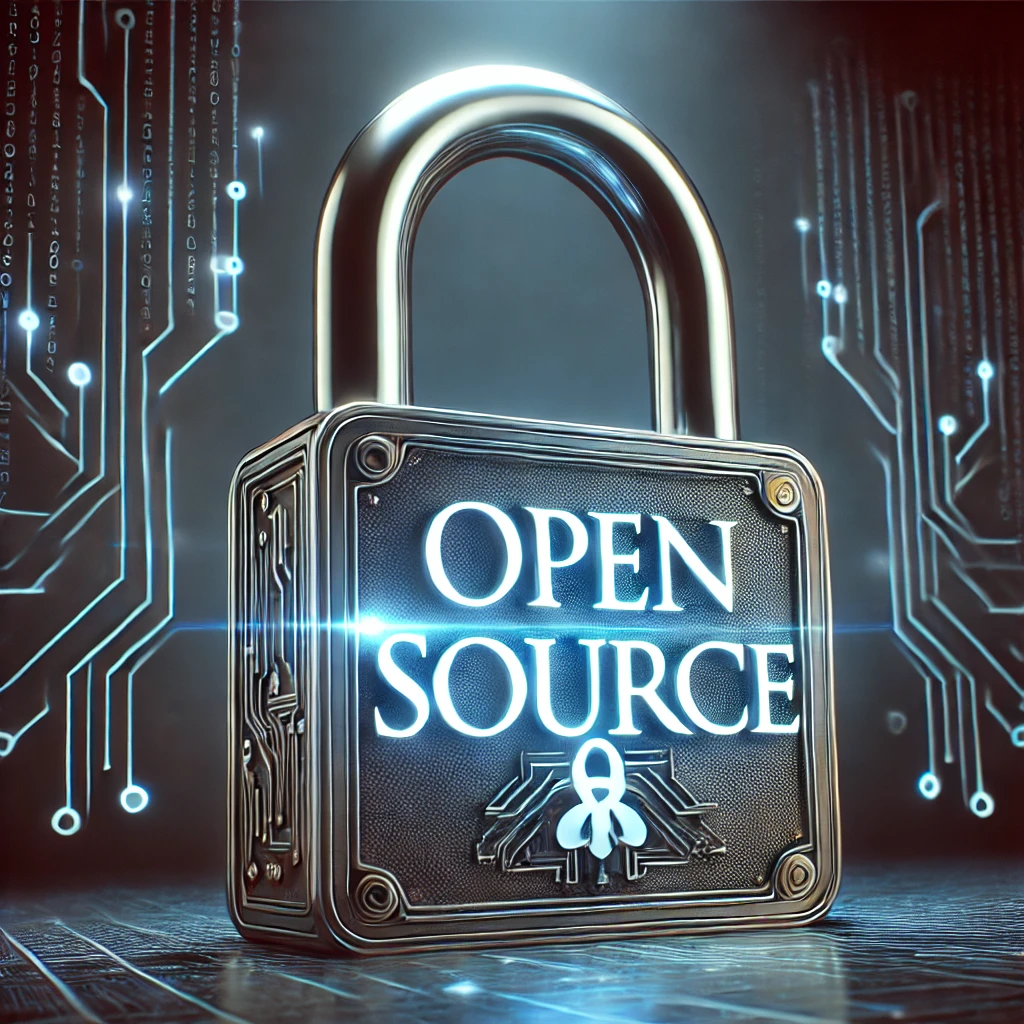
Open Source Security defines the foundation of modern digital infrastructure. Transparency drives innovation, but without structured governance, it can expose critical vulnerabilities across the entire software supply chain.
Open-source software powers nearly every layer of today’s IT stack from Linux-based servers and Kubernetes clusters to frameworks like TensorFlow, Docker, and OpenSSL.
Its core advantage is transparency: anyone can inspect, audit, and improve the code, leading to faster discovery of bugs and community-driven innovation.
Yet that same openness introduces systemic risk. When a widely used library contains a flaw as seen in Heartbleed (2014) and Log4Shell (2021) millions of systems can become exposed within hours.
According to Sonatype’s 2024 State of the Software Supply Chain Report, over 90 percent of enterprise applications include open-source components, and nearly one-third contain known vulnerabilities.
Effective open-source security depends on visibility and automation.
Organizations now deploy Software Composition Analysis (SCA) and SBOM tracking tools (such as Snyk, JFrog Xray, and GitHub Advanced Security) to monitor dependencies, enforce license compliance, and detect malicious packages in real time.
Governance frameworks like NIST SP 800-218 (SSDF) and ISO/IEC 5230 guide secure adoption at scale.
Why It Matters
Open source accelerates innovation but also expands the global attack surface.
By treating open components as critical assets with version control, continuous patching, and formal security ownership organizations transform transparency from a liability into a long-term competitive advantage.
FAQ Open Source Security
Because open components underpin cloud, AI, and DevOps systems and unmanaged vulnerabilities can cascade across supply chains.
Unpatched dependencies, malicious injections in public repositories, license violations, and lack of update visibility.
Implement SCA tools, maintain an SBOM, restrict sources to trusted registries, and automate patching through CI/CD.
NIST SSDF SP 800-218, ISO/IEC 5230, and OWASP Dependency-Track standards.
Snyk, JFrog Xray, Black Duck, Sonatype Nexus Lifecycle, and GitHub Advanced Security.
Read more FinOps & Cloud Cost Optimization 2025 | The Complete SECITHUB Guide
and Why Securing CI/CD Pipelines in 2025 with DevSecOps Is Critical for Every Organization
Web 3.0 Security | Decentralization Without Disorder
Web 3.0 Security reshapes the foundations of cybersecurity. As data ownership shifts from corporations to individuals, decentralization creates new trust models and new vulnerabilities that demand a security-first design mindset.
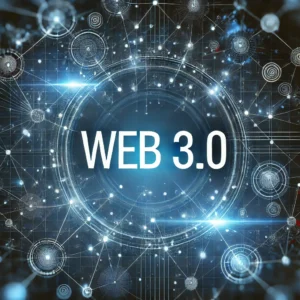
Web 3.0 extends far beyond cryptocurrency. It represents a decentralized digital ecosystem built on blockchain, smart contracts, and peer-to-peer data exchange.
Instead of storing information in centralized data centers, Web 3.0 distributes it across thousands of nodes, using cryptographic consensus to ensure integrity and transparency.
This architecture eliminates intermediaries but also eliminates traditional perimeters, forcing defenders to secure identities, assets, and logic itself.
The major risks arise from vulnerable smart contracts, compromised private keys, and malicious decentralized applications (dApps).
A 2024 Chainalysis report estimated that over $1.7 billion was lost in DeFi exploits, mostly due to contract-level vulnerabilities and social-engineering scams targeting wallet credentials.
Once an attacker drains a wallet or exploits a contract, blockchain immutability prevents rollback there is no “undo” button.
To mitigate these risks, organizations and developers must integrate:
Formal smart-contract audits using frameworks like OWASP Smart Contract Top 10
Hardware or multi-sig key management (e.g., Ledger Enterprise, Fireblocks)
Continuous on-chain threat monitoring and anomaly detection for DeFi and NFT environments
Identity and access governance integrated with decentralized identifiers (DIDs)
Why It Matters
Web 3.0 shifts trust from institutions to code but code can fail.
Security in this space isn’t about blocking traffic; it’s about ensuring verifiable logic, key integrity, and user accountability.
As enterprises adopt tokenization, blockchain, and decentralized identity, cybersecurity becomes protocol-level defense.
FAQ Web 3.0 Security
Web 2.0 relies on centralized servers and passwords; Web 3.0 depends on distributed ledgers, private keys, and immutable code shifting the security focus to cryptographic trust.
Smart-contract exploits, private-key theft, phishing for wallet credentials, and malicious DeFi or NFT projects.
Use verified libraries, enforce code audits, apply multi-signature wallets, and implement continuous blockchain analytics.
Yes — OWASP Smart Contract Security Top 10, NIST Blockchain Security Guidelines, and ISO/TC 307 provide structured frameworks.
Chainalysis, Fireblocks, Ledger Enterprise, ConsenSys Diligence, and CertiK.
Read more: AI Agents 2025 | Between Hype and Reality
and Zero Trust Access Management for SMBs in 2025
IPv6 and Next-Gen Networking Security | Expanding the Internet Safely
IPv6 Security is not just about bigger address space it’s about rethinking how networks authenticate, segment, and defend data in a hyper-connected world of cloud, IoT, and AI-driven infrastructure.
IPv6 (Internet Protocol version 6) replaces IPv4, expanding the address space from roughly 4 billion to 3.4×10³⁸ unique IPs enough for every device on Earth and beyond.
But beyond scale, IPv6 introduces fundamental security and design changes: built-in IPsec support, simplified routing, and stateless auto-configuration (SLAAC) that removes many of IPv4’s legacy constraints.
While these features enable automation and scalability, they also expose new attack surfaces.
Misconfigured IPv6 networks can be abused for Neighbor Discovery spoofing, rogue router advertisements, and DNS abuse if proper access controls aren’t enforced.
According to Cisco’s 2024 Security Report, over 70% of enterprises enabling IPv6 failed to apply equivalent firewall or intrusion-prevention policies used in IPv4 environments creating silent blind spots.
Securing IPv6 environments requires visibility and dual-stack discipline:
Enforce consistent ACLs and firewall policies for both IPv4 + IPv6 traffic.
Use RA Guard and DHCPv6 Shield to prevent spoofing.
Monitor IPv6 network flows via modern NDR (Network Detection & Response) tools.
Implement Zero-Trust segmentation at the subnet level to isolate IoT or guest networks.
Why It Matters
As IoT, remote work, and cloud adoption accelerate, IPv6 becomes the connective tissue of modern digital ecosystems.
Organizations that fail to secure it treat the internet’s future backbone as an unguarded door expanding connectivity without maintaining control.
FAQ IPv6 and Next-Gen Networking
Exhaustion of IPv4 addresses and the surge of IoT, 5G, and cloud workloads demand scalable, secure networking.
Not automatically IPv6 includes native IPsec support, but protection depends on proper configuration and policy enforcement.
Rogue router advertisements, Neighbor Discovery attacks, DNS abuse, and inconsistent firewall rules.
Maintain identical security baselines across IPv4 + IPv6, apply intrusion prevention, and monitor traffic behavior continuously.
Cisco, Juniper Networks, Cloudflare, Aruba (HPE), and Microsoft Defender for Networks.
Quantum Cryptography | Building the Next Frontier of Encryption
Quantum Cryptography represents the next evolution in digital trust. As quantum computing threatens classical encryption, organizations are racing to adopt post-quantum algorithms that can withstand the computational power of tomorrow.
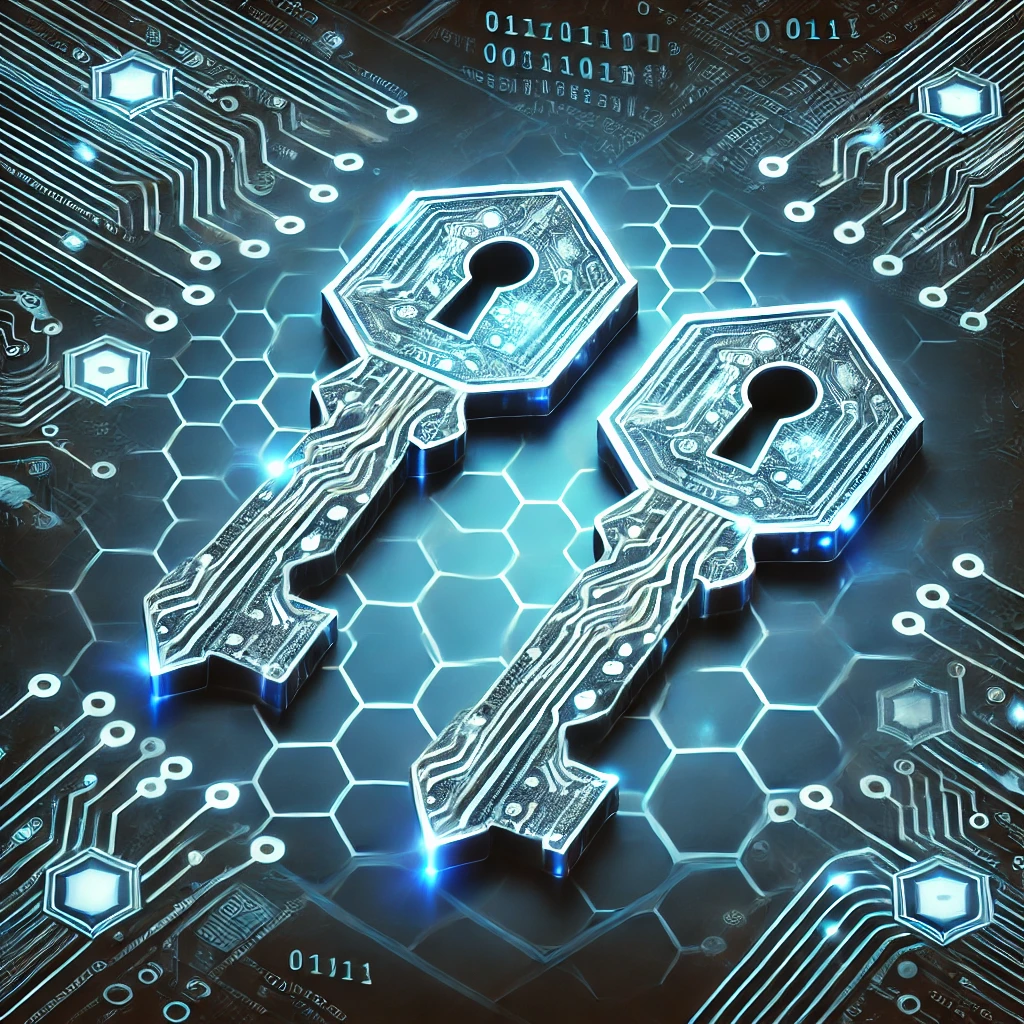
Quantum computing leverages quantum bits (qubits) units that can exist in multiple states simultaneously, allowing exponential increases in processing capability.
While this enables breakthroughs in science and AI, it also poses an existential threat to today’s cryptographic systems.
Algorithms like RSA and ECC, which rely on the difficulty of factoring large numbers or solving discrete logarithms, could be broken within minutes once large-scale quantum computers become practical.
To address this, the U.S. National Institute of Standards and Technology (NIST) launched its Post-Quantum Cryptography (PQC) initiative, standardizing algorithms resilient to quantum attacks.
In 2024, NIST selected CRYSTALS-Kyber (for key encapsulation) and CRYSTALS-Dilithium (for digital signatures) as leading quantum-safe standards both based on lattice-based cryptography.
Global vendors such as IBM, Thales, and Entrust are already integrating these into hardware security modules (HSMs) and VPN solutions.
Quantum cryptography isn’t only about algorithms.
It also encompasses Quantum Key Distribution (QKD) a physics-based method that uses quantum particles to detect eavesdropping in real time.
While still limited by cost and infrastructure, QKD is being tested in telecom and defense sectors across the EU and Asia.
Why It Matters
Every encrypted record stolen today could be decrypted in the future.
This “harvest now, decrypt later” threat makes post-quantum migration an urgent priority for governments, financial institutions, and any organization handling long-term sensitive data.
FAQ Quantum Cryptography
Quantum cryptography uses quantum physics (e.g., QKD) for secure communication; post-quantum cryptography uses classical algorithms resistant to quantum attacks.
RSA, DSA, DH, and ECC all can be broken by Shor’s algorithm on a sufficiently powerful quantum computer.
NIST PQC algorithms: CRYSTALS-Kyber, CRYSTALS-Dilithium, SPHINCS+, and FALCON.
Experts estimate large-scale quantum decryption capability by the early 2030s, though smaller experiments already demonstrate feasibility.
Create a crypto-agility plan, inventory current encryption, adopt hybrid algorithms, and align with NIST PQC Migration Guidelines and ENISA Quantum Safe Roadmap.
Read more: Gartner’s Agentic AI Revolution | How Analysts Measure Autonomy and Trust in Cybersecurity
SaaS Security | Protecting the Cloud Applications That Run the Business
SaaS Security focuses on protecting the cloud applications that organizations depend on daily from email and CRM to collaboration and AI-driven platforms. Misconfigurations, not malware, are now the number one cause of SaaS breaches.
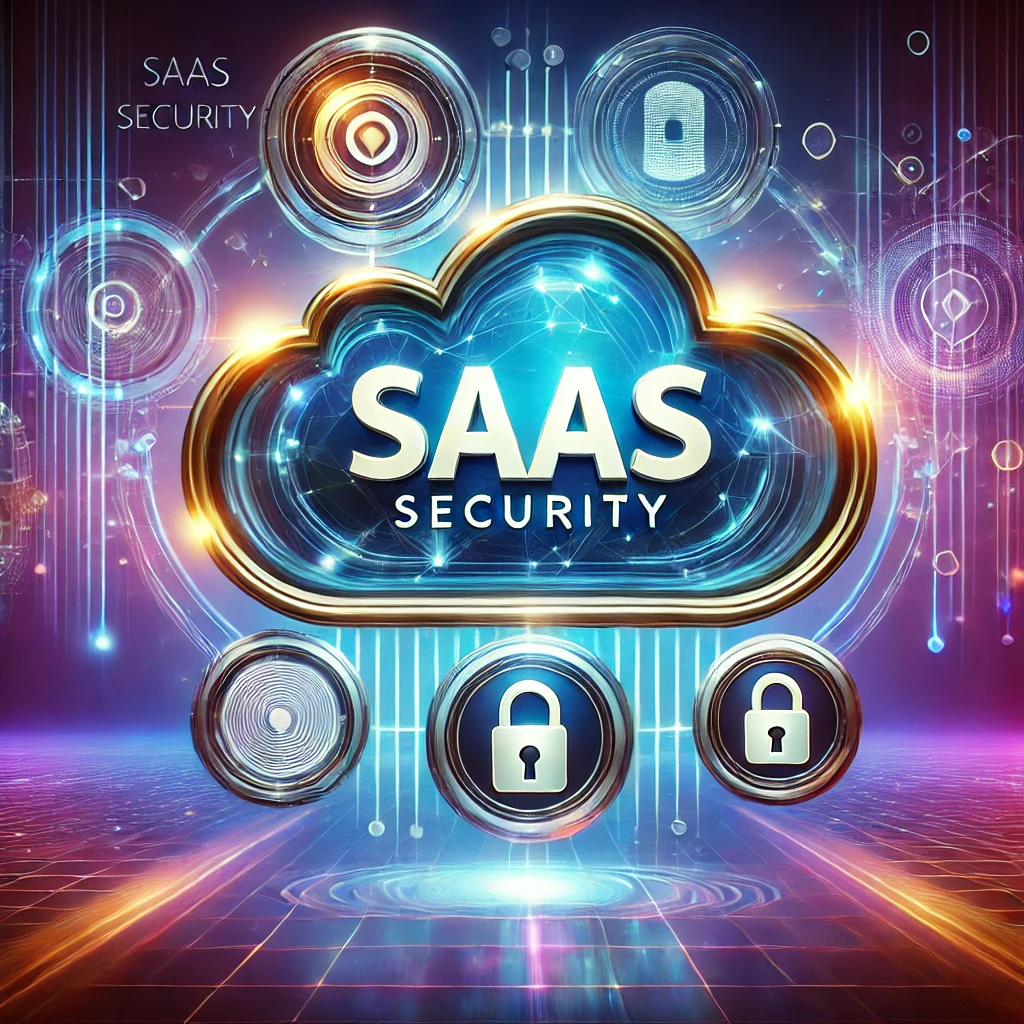
Software-as-a-Service (SaaS) has become the default delivery model for business applications.
Yet every SaaS platform Microsoft 365, Google Workspace, Salesforce, Slack, or Zoom introduces shared-responsibility risks.
While providers secure the infrastructure, customers are responsible for identity, configuration, and data protection inside those services.
According to the Cloud Security Alliance (CSA), 43 % of SaaS incidents in 2024 were caused by human error or over-permissive access, not external attackers.
The most common SaaS vulnerabilities include misconfigured sharing settings, lack of MFA, token exposure, and unmonitored third-party integrations.
To mitigate these, organizations deploy SSPM (SaaS Security Posture Management) and CASB (Cloud Access Security Broker) tools such as Microsoft Defender for Cloud Apps, Netskope, AppOmni, and DoControl to enforce policies, monitor data flows, and detect anomalies across connected applications.
Frameworks like NIST SP 800-210 and ISO 27017 outline controls for SaaS configuration, audit logging, and access governance.
Integrating these with centralized identity management and DLP ensures visibility across all cloud workloads.
Why It Matters
SaaS drives agility, but it also decentralizes security.
When every employee connects to dozens of cloud apps, identity becomes the new perimeter.
Strong SaaS governance, least-privilege access, and continuous monitoring are now essential to keeping business data safe.
FAQ SaaS Security
Responsibility shifts to configuration, identity, and access controls managed by the customer rather than server-side patching.
Misconfigurations, credential reuse, excessive permissions, and insecure third-party integrations.
By implementing SSPM and CASB solutions that continuously assess configuration and behavior.
NIST SP 800-210, ISO 27017, and CSA Cloud Controls Matrix (CCM).
Microsoft Defender for Cloud Apps, Netskope, AppOmni, DoControl, and Cisco Cloud Lock.
Read more: SASE 2025 | The Complete SECITHUB Guide for SMBs
and ISO 27001 in 2025 | From Certification to Real ROI
RMM (Remote Monitoring & Management) | Securing the Tools That Manage Everything
RMM platforms give IT teams full control over endpoints and servers, but they also create one of the most dangerous single points of failure. When an RMM tool is compromised, the attacker instantly gains admin-level access across the entire network.
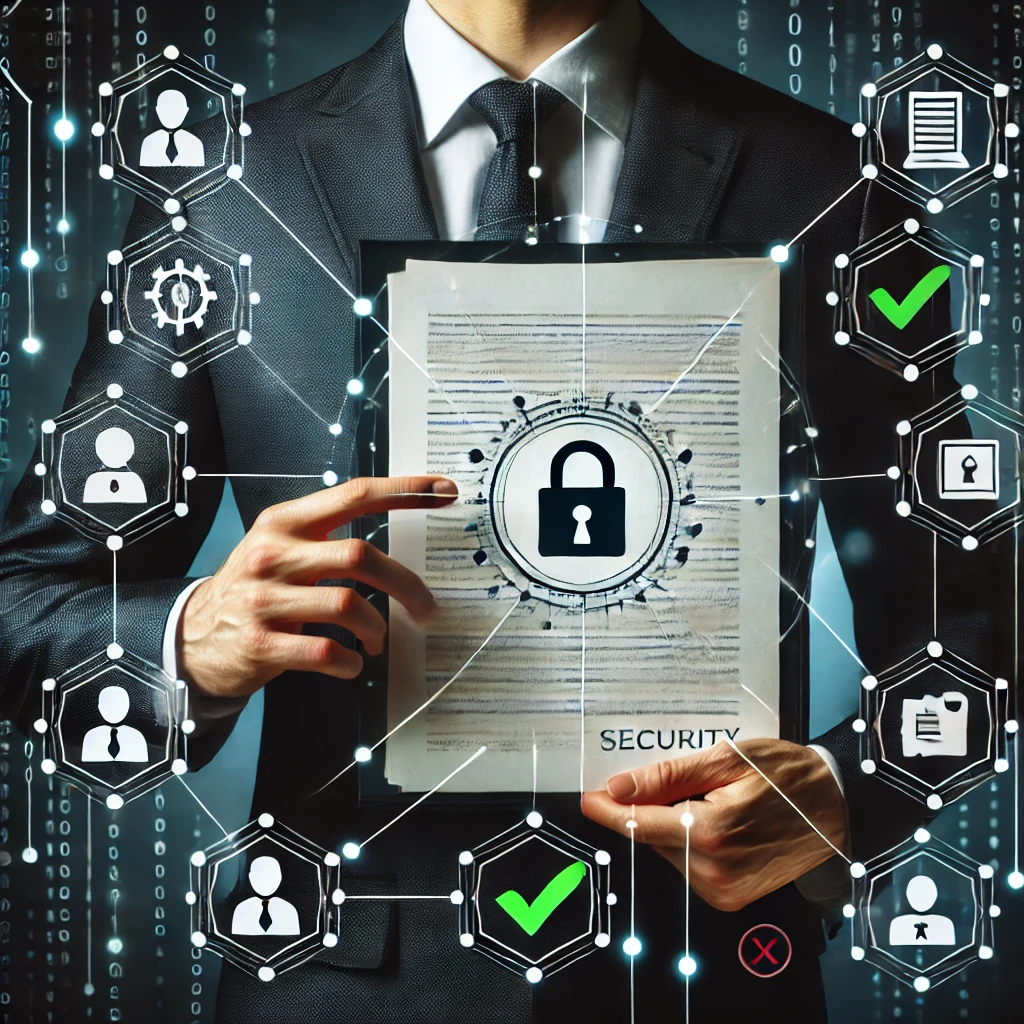
Remote Monitoring and Management (RMM) software allows administrators and managed service providers (MSPs) to maintain thousands of devices remotely installing updates, monitoring performance, and automating fixes.
Platforms like ConnectWise, Kaseya, N-able, and NinjaOne have become essential for SMBs that outsource IT operations.
However, the same centralized control that enables efficiency can also amplify damage when abused.
In July 2021, the Kaseya VSA breach demonstrated the catastrophic potential of RMM compromise: ransomware distributed to hundreds of downstream clients in minutes.
According to CISA’s 2024 guidance, attackers increasingly target RMM agents to bypass EDR and gain persistence inside trusted management channels.
Weak authentication, exposed web consoles, and unpatched RMM servers are among the top exploitation vectors.
To secure RMM environments, organizations should:
Restrict RMM access to trusted IPs and enforce MFA for all admins
Maintain strict patching and version control
Segment RMM infrastructure from production networks
Continuously audit logs for remote execution anomalies
Why It Matters
RMM tools are the nervous system of IT operations. When compromised, they turn every endpoint into an attack vector. Treating RMM with zero-trust principles, least-privilege access, and independent monitoring is critical to prevent a small tool from becoming a large-scale breach.
FAQ RMM Security
To remotely monitor, update, and manage servers, endpoints, and networks for internal IT or MSP environments.
They provide centralized administrative access that can deploy software or malware across every managed system.
By isolating RMM servers, enabling MFA, patching regularly, and restricting access to authorized admins only.
NIST SP 800-215 and CISA RMM Security Guidelines define configuration, auditing, and control requirements.
NinjaOne, N-able, ConnectWise, Atera, and Kaseya (post-2022 security refactor).
Read more: How to Choose the Right Managed IT Service Provider | SMB Guide
and Zero Trust Access Management for SMBs in 2025 | Controlling Identity, Cloud, and Access
MDM (Mobile Device Management) | Controlling Mobility Without Losing Security
MDM platforms sit at the intersection of convenience and control. As mobile endpoints dominate corporate access, unified device management becomes essential to maintaining compliance, visibility, and security across a hybrid workforce.
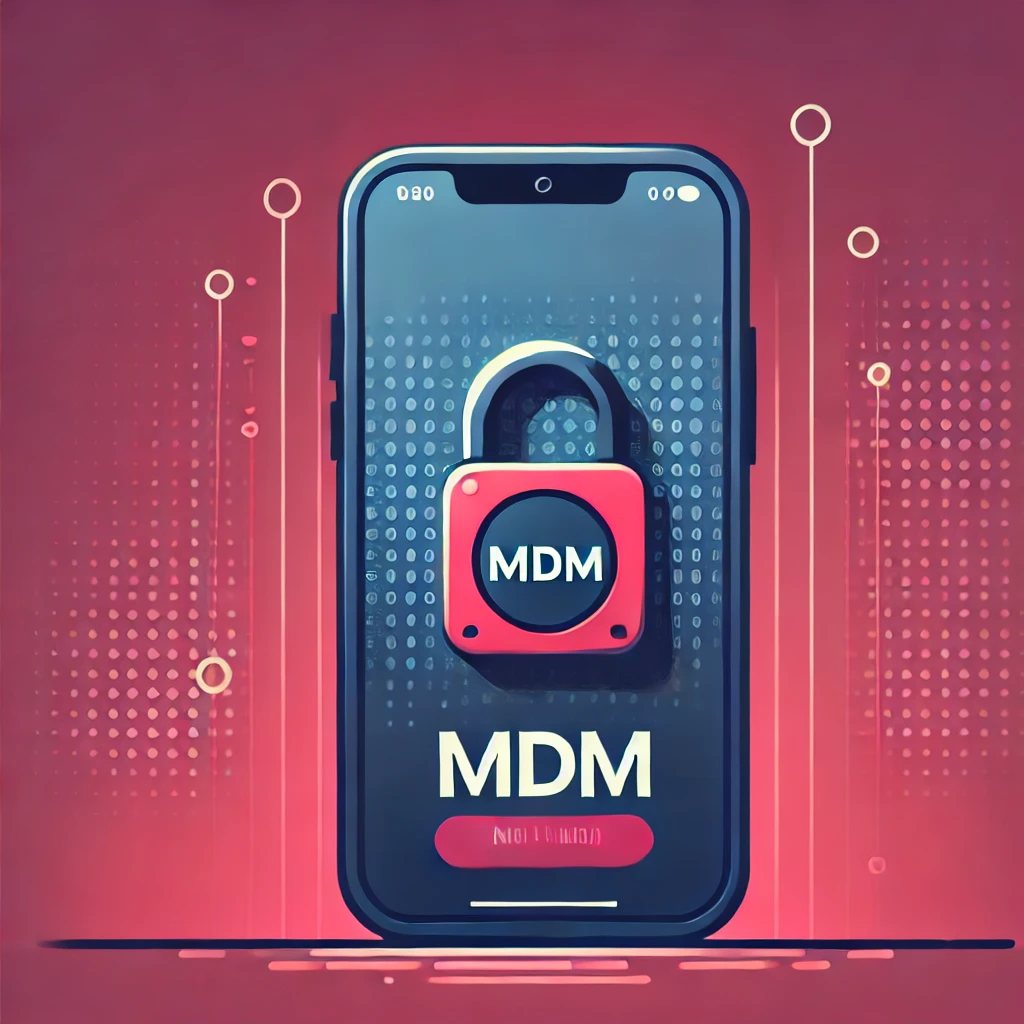
Mobile Device Management (MDM) enables organizations to configure, monitor, and secure smartphones, tablets, and laptops connecting to corporate data.
Modern solutions such as Microsoft Intune, VMware Workspace ONE, and Jamf enforce encryption, apply policies, and separate work from personal data.
This capability has become critical as bring-your-own-device (BYOD) adoption exceeds 60 percent in SMBs and remote work expands the attack surface.
The main security risks involve unmanaged or jail-broken devices, shadow applications, and unapproved access to SaaS platforms.
NIST SP 800-124 Rev. 2 highlights the need for continuous compliance checks, strong authentication, and remote-wipe capability in case of loss or theft.
Gartner’s 2024 analysis found that organizations integrating MDM with identity systems reduce mobile data-leak incidents by 45 percent on average.
To strengthen MDM security, enterprises should:
Enforce encryption and screen-lock policies on all enrolled devices
Combine MDM with Conditional Access and MFA for every session
Use mobile threat-defense (MTD) integrations to detect malicious apps
Maintain separate work containers to protect corporate data in BYOD environments
Why It Matters
The mobile endpoint is now the first—and often weakest link in the corporate security chain.
MDM ensures every device accessing business data meets policy, compliance, and security standards, transforming mobility from a liability into an operational advantage.
FAQ MDM Security
To centrally manage and secure mobile devices accessing corporate resources, enforcing consistent security policies.
Unmanaged devices, sideloaded apps, phishing through SMS or messaging apps, and weak authentication.
By validating device health and compliance before granting access to corporate data or cloud apps.
NIST SP 800-124 Rev. 2, ISO 27001 Annex A (5.23), and CIS Control #4 for mobile device management.
Microsoft Intune, VMware Workspace ONE, Jamf Pro, Cisco Meraki MDM, and IBM MaaS360.
Read more: Smart Office Setup Guide | How to Build a Secure, Scalable, and Future-Ready Workplace
Identity Protection | Defending the Digital You
Identity Protection secures the most targeted element in cybersecurity the user. As passwords fade and attackers exploit stolen credentials, identity becomes the new perimeter that must be continuously verified and protected.

Identity has overtaken the network as the primary attack vector.
In 2024, Gartner reported that over 79 % of breaches involved compromised credentials or abuse of legitimate accounts.
Identity Protection focuses on detecting and responding to anomalies in authentication, authorization, and access behavior.
Rather than simply blocking logins, modern platforms use machine learning and risk analytics to evaluate every sign-in based on context, device health, and user behavior.
Microsoft’s Entra ID Protection, Okta ThreatInsight, and PingOne Protect exemplify this evolution.
They monitor sign-in patterns, flag impossible travel, detect leaked passwords, and enforce step-up authentication when risk is high.
NIST SP 800-63B defines the foundation: strong identity proofing, adaptive authentication, and secure credential storage.
Combined with zero-trust principles “never trust, always verify” identity protection integrates directly into cloud access, VPNs, and SaaS applications.
Effective identity protection requires continuous telemetry correlation, privileged-account monitoring, and rapid response automation.
This forms the backbone of the emerging Identity Threat Detection and Response (ITDR) discipline, which bridges identity, endpoint, and SIEM telemetry for full visibility.
Why It Matters
Every breach today is an identity breach first.
Protecting digital identities is no longer an IT control it’s the core of business resilience and regulatory compliance.
FAQ Identity Protection
It’s the continuous detection and mitigation of risks related to user authentication, access, and credential misuse.
Because users access corporate data from any device or location, making identity the only consistent control layer.
Risk-based authentication, password-less sign-in, behavioral analytics, and automated remediation (ITDR).
NIST SP 800-63B, ISO 27001 Annex A (5.16), and Microsoft Zero-Trust Maturity Model.
Microsoft Entra ID Protection, Okta ThreatInsight, Ping Identity, CyberArk Identity, and ForgeRock.
Read more: Zero Trust Access Management for SMBs in 2025
and ISO 27001 in 2025 | From Certification to Real ROI
Single Sign-On (SSO) | Simplifying Access Without Weakening Security
Single Sign-On (SSO) centralizes authentication across multiple applications, allowing users to log in once and access everything securely. The goal is simplicity but without disciplined governance, convenience can become a vulnerability.

SSO enables a user to authenticate a single time and then access multiple systems through an identity provider (IdP) that issues secure tokens, typically via SAML, OAuth 2.0, or OpenID Connect protocols.
Instead of maintaining separate credentials for every service, the IdP manages trust relationships between users and applications, streamlining productivity and reducing password fatigue.
However, a compromised SSO account can unlock access to an entire ecosystem.
Attackers frequently target session tokens, misconfigured redirect URIs, and weak federation settings.
According to Gartner’s 2024 Access Management analysis, SSO-related misconfigurations accounted for nearly 35 % of cloud account breaches.
Best practices include enforcing MFA on all IdP logins, limiting token lifetimes, applying conditional access policies, and logging every federated session for anomaly detection.
Modern platforms like Microsoft Entra ID, Okta Identity Cloud, and PingFederate support adaptive authentication and risk-based session control.
They integrate with zero-trust models to ensure that every access request is continuously validated, not implicitly trusted.
Why It Matters
SSO improves user experience and reduces password sprawl, but it also concentrates risk.
When implemented with strong identity proofing and adaptive MFA, SSO becomes a cornerstone of secure digital transformation not a single point of failure.
FAQ Single Sign-On (SSO)
It eliminates the need for multiple passwords by centralizing authentication through a single identity provider.
It uses protocols like SAML, OAuth 2.0, or OpenID Connect to exchange authentication tokens between the IdP and service providers.
Compromised credentials, token replay, misconfigured trust relationships, and lack of MFA on IdP access.
Enforce MFA, monitor session logs, limit token reuse, and apply conditional access controls.
Microsoft Entra ID, Okta, Ping Identity, ForgeRock, and Google Cloud Identity.
Multi-Factor Authentication (MFA) | Verifying Trust in a Passwordless World
Multi-Factor Authentication (MFA) is the single most effective control against credential-based attacks. It requires users to prove who they are with more than one factor something they know, have, or are.
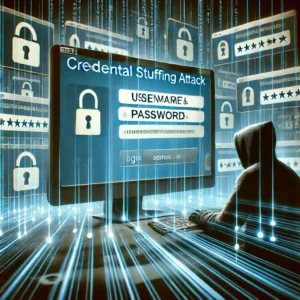
MFA strengthens identity verification by adding layers beyond a password.
The three common factor types are:
Knowledge (something you know – password or PIN)
Possession (something you have – phone, token, security key)
Inherence (something you are – fingerprint or face ID).
CISA’s 2024 data shows that MFA can prevent over 99 percent of account-takeover attempts when properly implemented.
Attackers increasingly exploit MFA fatigue (prompts spam), SIM-swaps, and man-in-the-middle phishing kits that capture session cookies.
To counter these, enterprises are moving toward phishing-resistant MFA such as FIDO2 hardware keys (YubiKey, Feitian) and platform authenticators like Windows Hello and Apple Passkeys.
Integration with Identity Protection and Conditional Access policies ensures continuous verification without burdening users.
Why It Matters
Passwords alone no longer protect anything. MFA turns identity into a living security boundary resistant to credential reuse and social engineering, and essential for zero-trust adoption in 2025 and beyond.
FAQ Multi-Factor Authentication (MFA)
It requires two or more verification factors, greatly reducing the likelihood of unauthorized access from stolen passwords.
SMS codes, authenticator apps, hardware tokens, biometrics, and FIDO2 keys.
MFA fatigue prompt spamming, SIM swaps, and real-time phishing proxies that steal session tokens.
Authentication that can’t be replayed or forwarded, such as FIDO2 security keys and PKI-based certificates.
Microsoft Entra ID, Okta Verify, Cisco Duo, Yubico FIDO2 Keys, and Ping Identity.
Read more: Zero Trust Access Management for SMBs in 2025
and SASE 2025 | The Complete SECITHUB Guide for SMBs
API Security | Protecting the Connective Tissue of Modern Applications
API Security protects the interfaces that connect everything applications, cloud services, and mobile apps. APIs power digital transformation, but when unsecured, they expose sensitive data and business logic to attackers.

APIs (Application Programming Interfaces) have become the foundation of modern software architecture.
They enable microservices, SaaS integrations, and automation but they also create a massive, constantly changing attack surface.
According to Salt Security’s 2024 State of API Security Report, 94 percent of organizations experienced an API-related incident in the past year, with data exposure being the most common outcome.
The OWASP API Security Top 10 (2023) highlights frequent risks: broken object-level authorization (BOLA), excessive data exposure, and weak authentication.
Attackers exploit overlooked endpoints, undocumented APIs (“shadow APIs”), or misconfigured gateways to access internal systems.
Proper protection demands visibility, governance, and real-time inspection.
Leading solutions including Salt Security, Noname Security, Imperva API Protection, and Cloudflare API Gateway provide discovery, schema validation, and anomaly detection to identify malicious API traffic.
Frameworks such as NIST SP 800-204C define secure API lifecycle practices, including authentication via OAuth 2.0, least-privilege authorization, and encryption for all data in transit.
Integrating API testing into CI/CD pipelines ensures vulnerabilities are detected before deployment.
Why It Matters
APIs are the nervous system of digital business.
If one is exposed, the entire organization is exposed.
Continuous discovery, monitoring, and authentication enforcement make the difference between innovation and exploitation.
FAQ API Security
Because they expose business logic and data, often beyond traditional network perimeters.
Broken authorization, excessive data exposure, lack of rate limiting, and insecure token handling.
Implement OAuth 2.0, validate inputs, apply schema validation, and perform security testing pre-deployment.
OWASP API Security Top 10, NIST SP 800-204C, and CSA API Security Guidelines.
Salt Security, Noname Security, Imperva, Cloudflare, and Akamai.
Read more: Why Securing CI/CD Pipelines in 2025 with DevSecOps Is Critical for Every Organization
Cloud Migration & Security | Moving to the Cloud Without Losing Control
Cloud migration isn’t just about moving data it’s about rebuilding trust, control, and visibility in a borderless environment. Every workload migrated to the cloud changes the security model forever.
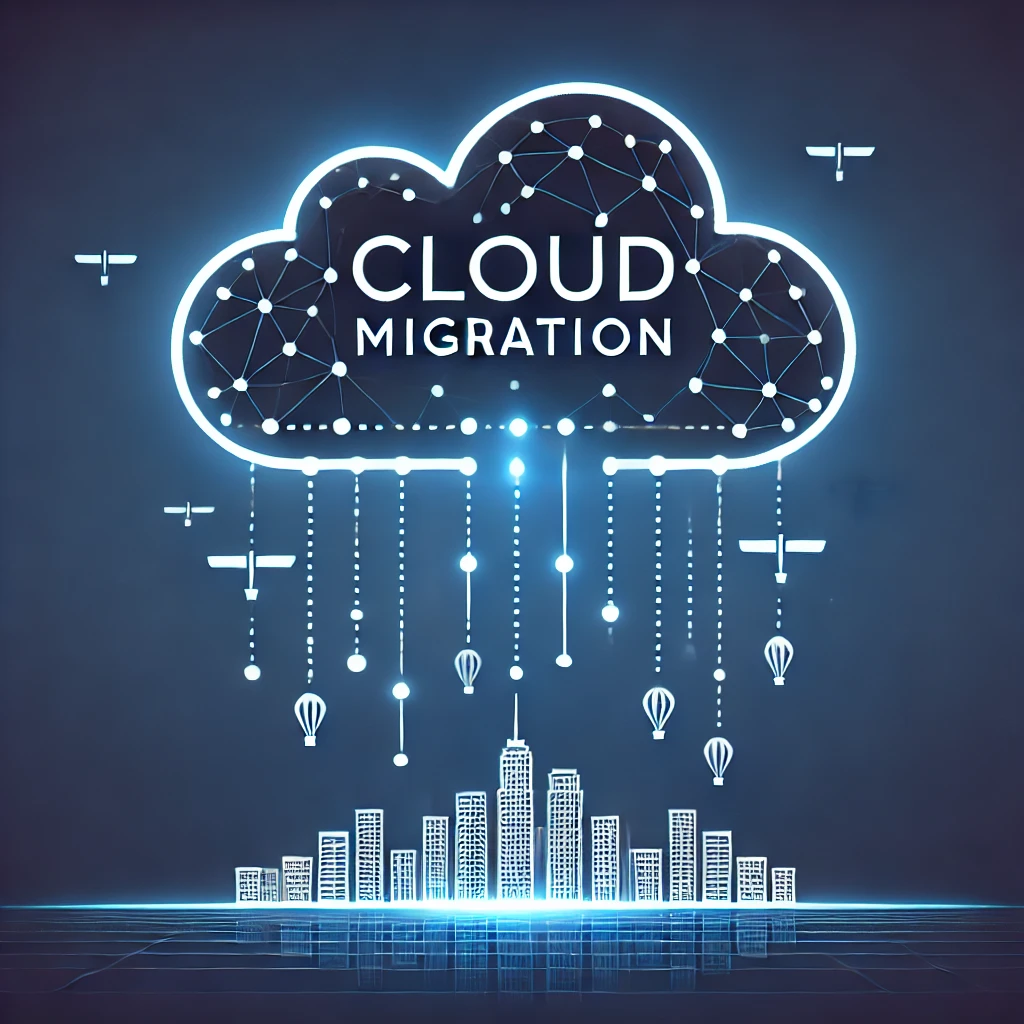
new security challenges that traditional on-premises controls can’t handle.
The shift to IaaS, PaaS, and SaaS means shared responsibility: the provider secures the cloud, while the customer secures what’s in it.
According to Gartner’s 2024 Cloud Security Report, 80 percent of breaches in the cloud result from misconfiguration, excessive privileges, or poor identity management not from provider failure.
A secure migration starts with visibility and governance.
Organizations must classify data before moving it, enforce encryption both at rest and in transit, and apply continuous monitoring to detect anomalies during and after migration.
Frameworks such as NIST SP 800-210 and the Cloud Security Alliance (CSA) Cloud Controls Matrix define best practices for migration planning, access control, and compliance validation.
Security automation tools like AWS Security Hub, Microsoft Defender for Cloud, and Google Security Command Centerprovide continuous posture assessment and remediation.
Integrating these with CI/CD pipelines ensures that new workloads inherit hardened configurations automatically.
Why It Matters
Every migration is a new attack surface.
Without proper governance, cloud transformation can multiply risk faster than it delivers value.
Security must move in lockstep with modernization, ensuring visibility, accountability, and compliance from the first deployed resource.
FAQ Cloud Migration & Security
Misconfiguration, data exposure, weak identity management, and lack of post-migration monitoring.
Under the shared-responsibility model, providers secure infrastructure; customers secure data, access, and configurations.
NIST SP 800-210, CSA CCM, and the AWS Well-Architected Security Pillar.
Use automated configuration baselines, enforce MFA, encrypt all storage, and audit IAM roles regularly.
Microsoft Defender for Cloud, AWS Security Hub, Google Security Command Center, and Prisma Cloud by Palo Alto.
Read more: Choosing Between On-premises Servers and Cloud Services After Relocation
and FinOps & Cloud Cost Optimization 2025 | The Complete SECITHUB Guide
Data Security Posture Management (DSPM) | Seeing and Securing What You Store
DSPM brings visibility and control to cloud data security. In an era where data lives everywhere in SaaS apps, object storage, and APIs knowing where it resides and how it’s protected is the new foundation of compliance and trust.
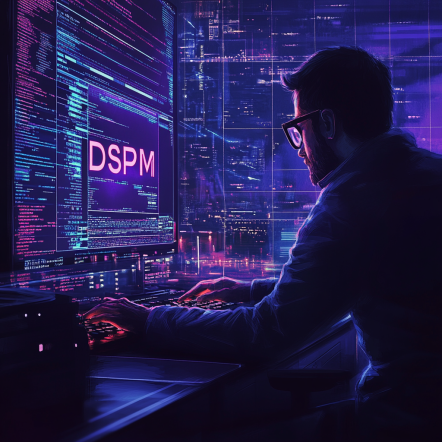
Data Security Posture Management (DSPM) is a category born from the reality that most organizations don’t fully know where their sensitive data resides.
Unlike traditional DLP or encryption tools that focus on protection, DSPM focuses first on discovery and classification identifying all data assets across clouds, SaaS platforms, and databases, then mapping who can access them.
According to Gartner’s 2024 report, over 60% of cloud data exposure incidents occurred because sensitive files were stored in unsecured buckets or shared via misconfigured SaaS apps.
DSPM continuously scans data stores to detect exposed or unencrypted records, policy violations, and privilege drift.
Platforms like Sentra, Laminar, Dig Security, and IBM Guardium Insights provide automated inventory, risk scoring, and remediation recommendations.
DSPM integrates directly with Zero-Trust architectures and Cloud Security Posture Management (CSPM), creating unified visibility of how data moves, who touches it, and whether it complies with frameworks like ISO 27001, SOC 2, and GDPR.
Why It Matters
You can’t protect what you can’t see.
As cloud environments expand, blind spots around data ownership and access become the fastest-growing source of risk.
DSPM transforms data protection from static policies into continuous, risk-driven governance.
FAQ DSPM
A system that continuously discovers, classifies, and monitors data across cloud and SaaS environments to identify risk and exposure.
DLP focuses on data movement prevention; DSPM focuses on visibility and posture discovering where data lives and how it’s secured.
Data discovery, sensitivity classification, access mapping, and automated remediation workflows.
By aligning data visibility with regulations such as GDPR, HIPAA, and ISO 27001, and generating auditable evidence automatically.
Sentra, Laminar, Dig Security, IBM Guardium, and Symmetry Systems.
Read more: ISO 27001 in 2025 | From Certification to Real ROI
Cloud Access Security Broker (CASB) | Enforcing Security Between Users and the Cloud
A Cloud Access Security Broker (CASB) acts as a control point between users and cloud services. It provides visibility, compliance, and threat protection across SaaS, PaaS, and IaaS environments where traditional firewalls can’t reach.

CASB technology emerged to close the visibility gap in cloud adoption.
As employees connect directly to cloud applications from unmanaged devices, organizations lose control over who accesses data and how it’s used.
CASB solutions enforce security policies at the intersection of identity, data, and application traffic typically through APIs or inline gateways.
According to Gartner’s 2024 Market Guide, CASB adoption has become a baseline requirement for cloud security architectures, with most enterprises using it to complement Zero Trust and SASE frameworks.
CASB functions across four core pillars: visibility, data security, threat protection, and compliance.
It discovers unsanctioned cloud usage (“shadow IT”), prevents sensitive data from leaving approved services, detects malicious behavior, and ensures adherence to standards like ISO 27017, SOC 2, and GDPR.
Leading CASB solutions including Microsoft Defender for Cloud Apps, Netskope, Lookout CASB, and Palo Alto Prisma Access integrate with identity providers to deliver unified session control, adaptive authentication, and real-time risk scoring.
Why It Matters
CASB bridges the trust gap between the enterprise and the cloud.
As SaaS and remote work decentralize control, it restores governance, visibility, and compliance across every cloud interaction.
FAQ CASB
It monitors and controls how users access and share data in cloud applications.
To maintain visibility, prevent data loss, and enforce compliance across cloud services that operate outside the traditional network perimeter.
Visibility, data security, threat protection, and compliance enforcement.
It connects with identity systems, DLP, and SIEM to provide unified cloud access policies.
Microsoft Defender for Cloud Apps, Netskope, Lookout, Palo Alto Prisma Access, and Cisco Umbrella.
Read more: SASE 2025 | The Complete SECITHUB Guide for SMBs
Secure Access Service Edge (SASE) | Converging Networking and Security in the Cloud
SASE unifies networking and security into a single cloud-native architecture. It delivers secure, identity-based access to applications and data anywhere, anytime, on any device without relying on a traditional corporate perimeter.
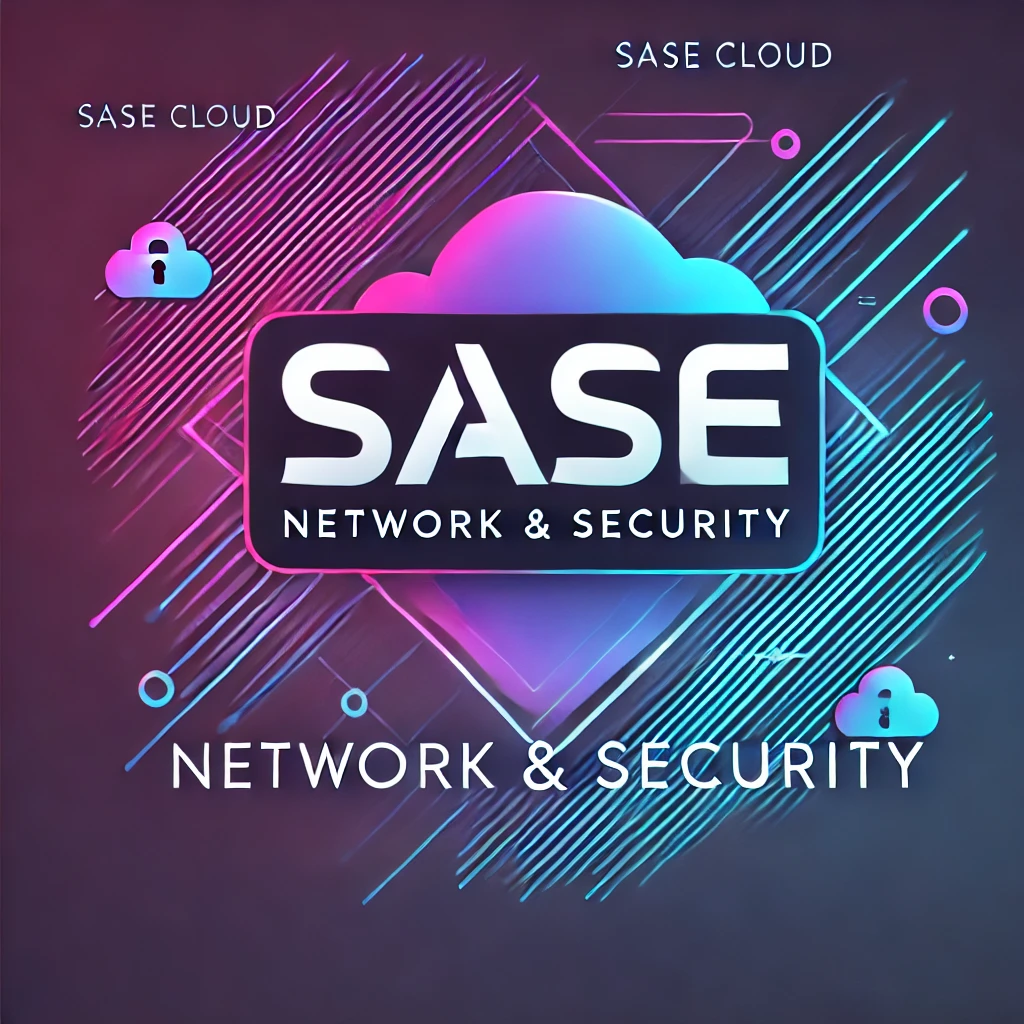
First introduced by Gartner in 2019, the Secure Access Service Edge (SASE) model merges two historically separate domains: wide-area networking (WAN) and cybersecurity.
It combines SD-WAN, Zero-Trust Network Access (ZTNA), Cloud Firewall, Secure Web Gateway (SWG), and Cloud Access Security Broker (CASB) functions into one integrated cloud platform.
This convergence enables consistent policy enforcement, encryption, and inspection of all user traffic regardless of location.
By 2025, most enterprises will have adopted at least one SASE component, according to Gartner’s latest market forecast.
The rise of remote work, SaaS adoption, and distributed data centers make perimeter-based defenses obsolete.
SASE ensures secure, optimized connectivity between users, devices, and applications through identity-centric access and continuous session validation.
Leading implementations such as Palo Alto Prisma SASE, Zscaler Zero Trust Exchange, Cisco Umbrella, and Cloudflare One deliver global points of presence for low-latency traffic inspection, data protection, and threat prevention.
When aligned with Zero Trust principles (NIST SP 800-207), SASE provides both agility and consistent security posture.
Why It Matters
SASE replaces the patchwork of VPNs, firewalls, and web gateways with a unified, cloud-delivered edge.
It simplifies operations, improves user experience, and ensures that security follows the user not the network.
FAQ SASE
To merge network connectivity and security enforcement into a single, cloud-native service.
It uses identity-based access and continuous verification instead of static tunnels and perimeter trust.
SD-WAN, CASB, SWG, ZTNA, and Firewall-as-a-Service (FWaaS).
NIST SP 800-207 Zero Trust and the Cloud Security Alliance SASE Architecture Guidelines.
Palo Alto Networks (Prisma SASE), Zscaler, Cisco, Cloudflare, and Fortinet.
Read more: SASE 2025 | The Complete SECITHUB Guide for SMBs
Unified Threat Management (UTM) | Simplifying Protection Through Centralized Control
Unified Threat Management (UTM) consolidates multiple security function firewall, intrusion prevention, antivirus, and web filtering into a single platform. Its mission: simplify network defense without sacrificing visibility or control.
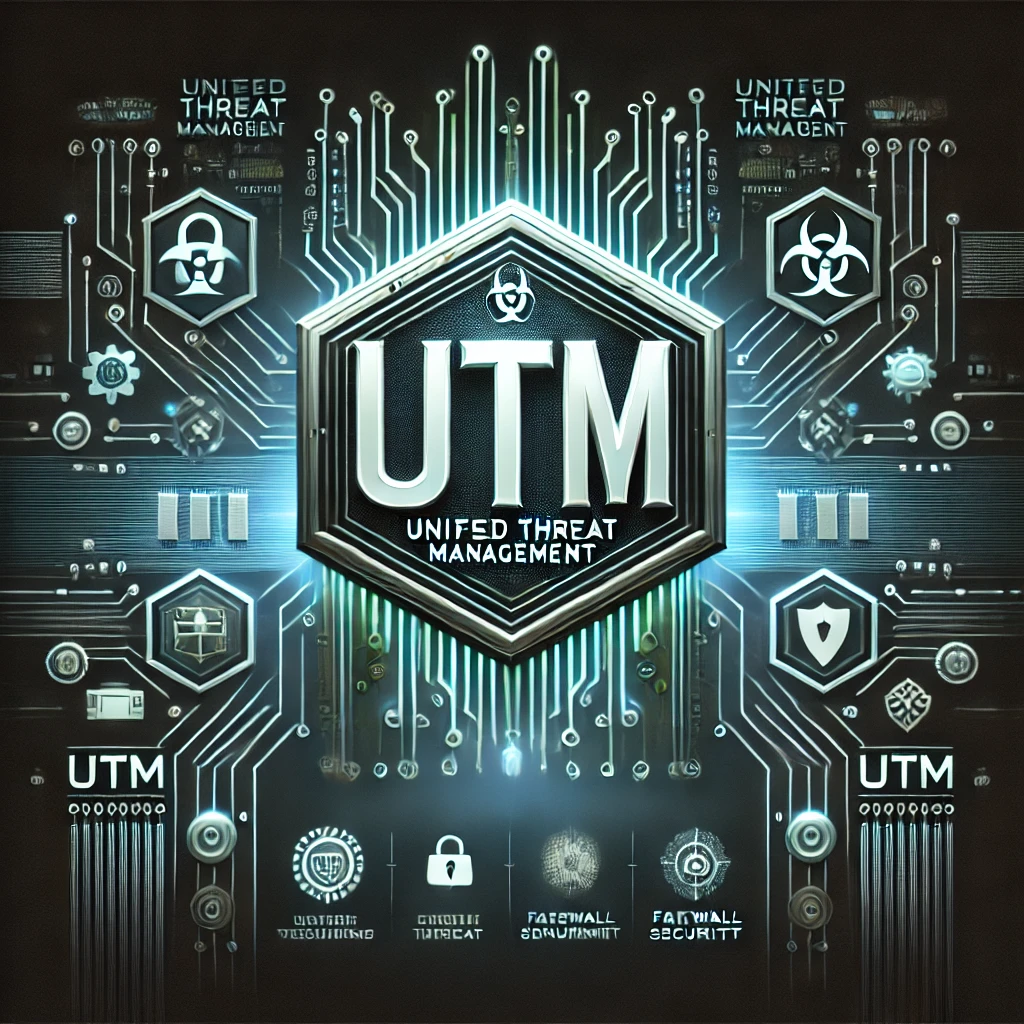
UTM emerged in the mid-2000s as organizations struggled to manage multiple standalone appliances for different security needs.
By integrating key capabilities into one system, UTM provides centralized policy enforcement, reporting, and threat prevention.
Modern UTM solutions combine stateful firewalling, IPS (Intrusion Prevention System), antivirus/antimalware, application control, and VPN management within a unified console.
Although UTM was initially popular in SMBs, it has evolved to meet enterprise-grade demands through higher throughput and cloud-based management.
According to Gartner’s 2024 Market Overview, over 70 percent of mid-sized organizations continue to rely on UTM as their primary edge security gateway.
However, as environments move to hybrid and cloud-native architectures, UTM now integrates with SASE and Zero Trust frameworks to extend coverage beyond the traditional perimeter.
UTM remains a vital control layer for small and mid-sized networks where simplicity and unified visibility outweigh the need for modular best-of-breed tools.
When connected to modern SOC and cloud gateways, it becomes an adaptive bridge between legacy and next-gen defense architectures.
Leading solutions such as Fortinet FortiGate, Sophos XGS Series, WatchGuard Firebox, and Cisco Secure Firewall deliver real-time threat intelligence sharing, SSL inspection, and automated policy updates through global threat feeds.
Why It Matters
UTM remains a vital control layer for small and mid-sized networks where simplicity and unified visibility outweigh the need for modular best-of-breed tools.
When connected to modern SOC and cloud gateways, it becomes an adaptive bridge between legacy and next-gen defense architectures.
FAQ UTM (Unified Threat Management)
A single platform that combines multiple security feature firewall, antivirus, IPS, and content filtering under unified management.
It offers enterprise-level protection with simplified deployment and centralized management at lower operational cost.
Not entirely; it complements them, serving as the perimeter gateway while cloud-native tools handle remote or SaaS traffic.
By connecting to centralized SOCs, SIEM platforms, and cloud management APIs for unified visibility.
Fortinet, Sophos, WatchGuard, Cisco, and SonicWall.
Read more: The Complete SECITHUB Report for Choosing the Right Office Firewall | 2025 SMB Firewall Ranking & Buyer’s Guide and
Network Security | Protecting the Arteries of Digital Infrastructure
Network Security safeguards the communication pathways that connect users, systems, and data. It’s the foundation of digital defense ensuring that every packet traveling across the enterprise remains trusted and verified.
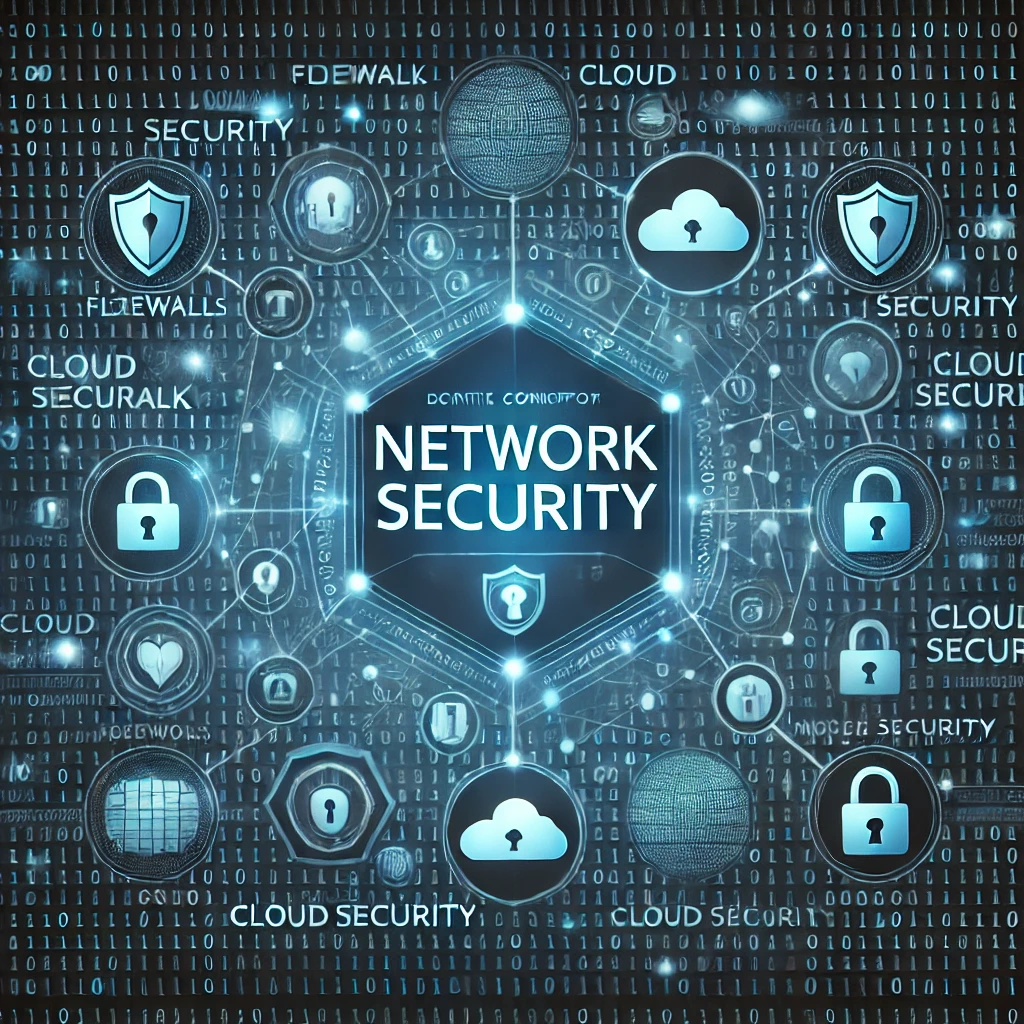
Network security encompasses the policies, controls, and technologies that protect data in transit and prevent unauthorized access to infrastructure.
While perimeter firewalls once defined the boundary, modern environments demand layered, adaptive protection that extends across cloud, hybrid, and on-premises networks.
According to Cisco’s 2025 report, over 60 percent of breaches originate from lateral movement inside internal networks rather than direct perimeter attacks.
Core network-security functions include segmentation, intrusion prevention, encryption, DNS security, and network behavior analytics.
Zero-Trust architectures eliminate implicit trust between internal systems, requiring continuous authentication for every connection.
Technologies such as Network Detection and Response (NDR), micro-segmentation, and software-defined perimeter (SDP) solutions give visibility into east-west traffic, enabling faster detection of anomalous behavior.
Vendors like Cisco, Fortinet, Palo Alto Networks, Check Point, and Cloudflare lead innovation in this domain through AI-driven traffic inspection, encrypted-traffic analytics, and real-time threat intelligence sharing.
Why It Matters
The network is no longer a static perimeter it’s a living ecosystem of devices, APIs, and remote connections.
Securing it means enforcing least-privilege access, continuous monitoring, and encryption everywhere data flows.
FAQ Network Security
Firewalls, IDS/IPS, VPNs, segmentation, NDR, and access-control systems.
Attackers exploit lateral movement once inside; Zero-Trust segmentation prevents this.
By unifying on-premises and cloud controls under centralized policy management and monitoring.
NIST SP 800-41 Rev.1 and ISO 27033 Network Security Architecture.
Cisco, Fortinet, Palo Alto Networks, Check Point, and Cloudflare.
Read more: How to Configure a Network Switch | Maximum Security for SMB Networks
and High Availability Firewalls 2025 | Building Continuous Protection
Secure Software Development Lifecycle (SDLC) | Embedding Security from Code to Cloud
The Secure Software Development Lifecycle (SDLC) integrates security at every stage of application creation from design to deployment. It’s not a tool, it’s a discipline that turns code into a controlled, auditable asset.
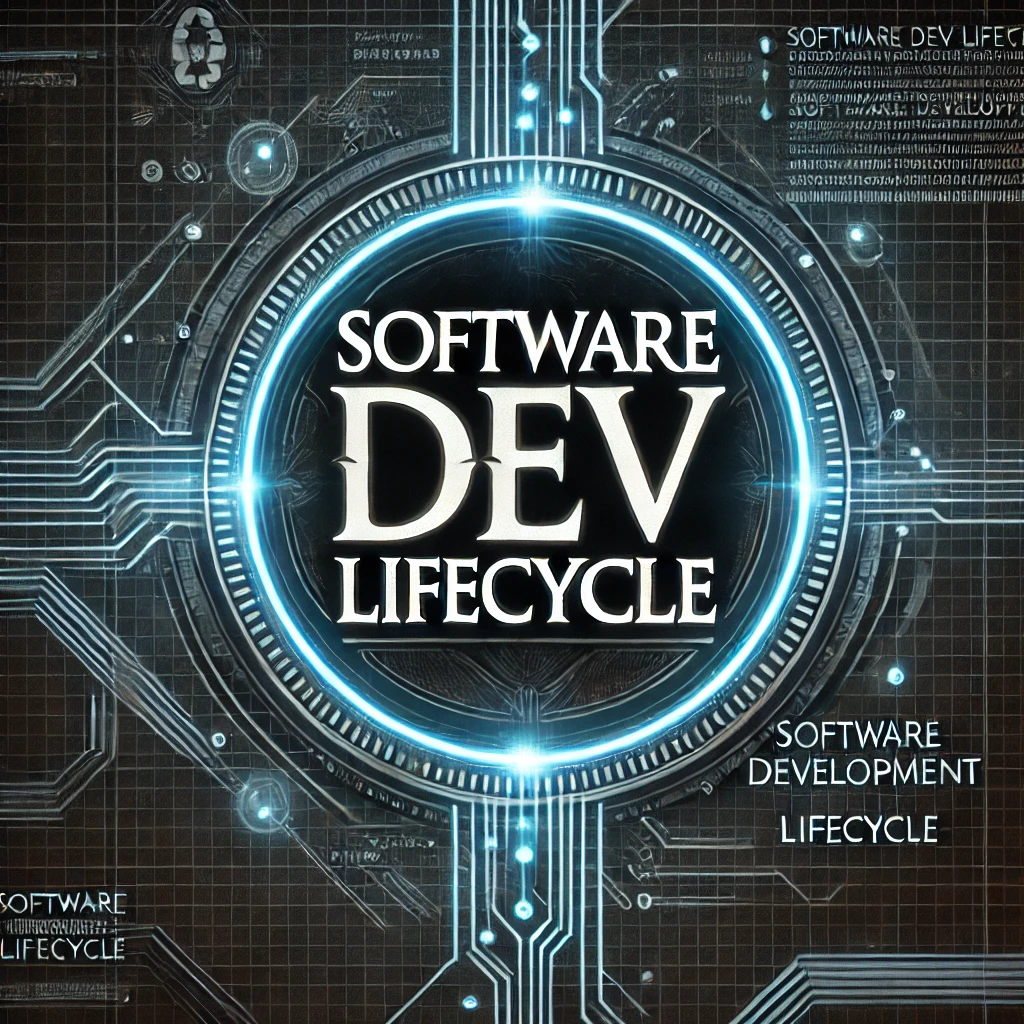
In traditional software projects, security was treated as a final checklist item.
Modern development frameworks reject that approach, embedding security-by-design principles throughout the lifecycle from planning and architecture to coding, testing, and release.
According to NIST’s Secure Software Development Framework (SP 800-218), secure SDLC reduces vulnerabilities by up to 80 % when integrated with DevOps automation.
Key SDLC phases include:
Requirements & Design – identify threats through threat modeling and security requirements.
Implementation – enforce secure coding standards (OWASP Top 10, CWE).
Testing – perform static/dynamic analysis (SAST/DAST) and dependency scanning.
Deployment – apply configuration hardening and identity-based access.
Maintenance – monitor code changes, patch rapidly, and validate third-party libraries.
Frameworks such as OWASP SAMM 2.0 and ISO 27034 define maturity models for governance and continuous improvement.
CI/CD integration with tools like GitHub Advanced Security, JFrog Xray, and SonarQube ensures vulnerabilities are caught before production.
Why It Matters
Security built into the pipeline is faster, cheaper, and more reliable than security bolted on later.
An organization that develops securely from the start prevents tomorrow’s breaches at today’s design table.
FAQ Secure Software Development Lifecycle (SDLC)
A structured process that embeds security checks throughout software design, coding, testing, and deployment.
Because rapid release cycles require automated, repeatable security validation to prevent vulnerabilities from reaching production.
NIST SP 800-218 (SSDF), OWASP SAMM 2.0, ISO 27034, and Microsoft SDL.
Train developers, automate code scanning, manage dependencies, and integrate threat modeling early.
GitHub Advanced Security, SonarQube, JFrog Xray, Checkmarx, and Veracode.
Read more: Why Securing CI/CD Pipelines in 2025 with DevSecOps Is Critical for Every Organization
and ISO 27001 in 2025 | From Certification to Real ROI
The Cybersecurity Foundations 2025 guide serves as a unified reference point for understanding the core technologies, principles, and defense mechanisms that shape today’s digital world.
It brings together everything from open-source security and cloud governance to identity protection, data posture, and network resilience forming a complete picture of how modern cybersecurity truly works.
In an era defined by constant change, where cloud, AI, and automation converge, knowledge is the strongest layer of defense.
By mastering these essential concepts, SMBs, CISOs, and IT professionals can make smarter security decisions, strengthen compliance, and align protection with business growth.
Cybersecurity is no longer a niche technical field it’s the foundation of trust, innovation, and resilience for every organization moving into the next decade.
In 2025 and beyond, security isn’t optional it’s the language of survival in the digital age.
SOURCES & FURTHER READING
Frameworks & Standards
• NIST Cybersecurity Framework (CSF) 2.0 – guidelines for building secure and resilient digital infrastructures.
• NIST SP 800-218 – Secure Software Development Framework (SSDF).
Identity & Access Security
• Microsoft Entra ID documentation – identity, conditional access, and zero-trust management.
• Okta Security Research and Auth0 Blog – modern authentication and token protection.
• NIST SP 800-63B – Digital Identity Guidelines for MFA and secure authentication.
Cloud & Network Security
• Cloud Security Alliance (CSA) – Cloud Controls Matrix (CCM) and SaaS security guidance.
• Cloudflare Learning Center – resources on Zero Trust, SASE, DDoS, and DNS protection.
Development & Software Supply Chain
• OWASP Top 10 & API Security Top 10 – key web vulnerabilities and mitigation strategies.
• GitHub Advanced Security documentation – code scanning and secret detection.
Data Protection & Compliance
• Microsoft Purview – data loss prevention, compliance, and information governance.
• Gartner DSPM Market Guide – Data Security Posture Management trends.
Threat Intelligence & Emerging Trends
• CrowdStrike Global Threat Report – annual cybersecurity threat landscape overview.
• Trend Micro Research – AI-driven threat detection and hybrid cloud security.
SMB & Cyber Policy Resources
• CISA – SMB Cybersecurity and resilience best practices.


